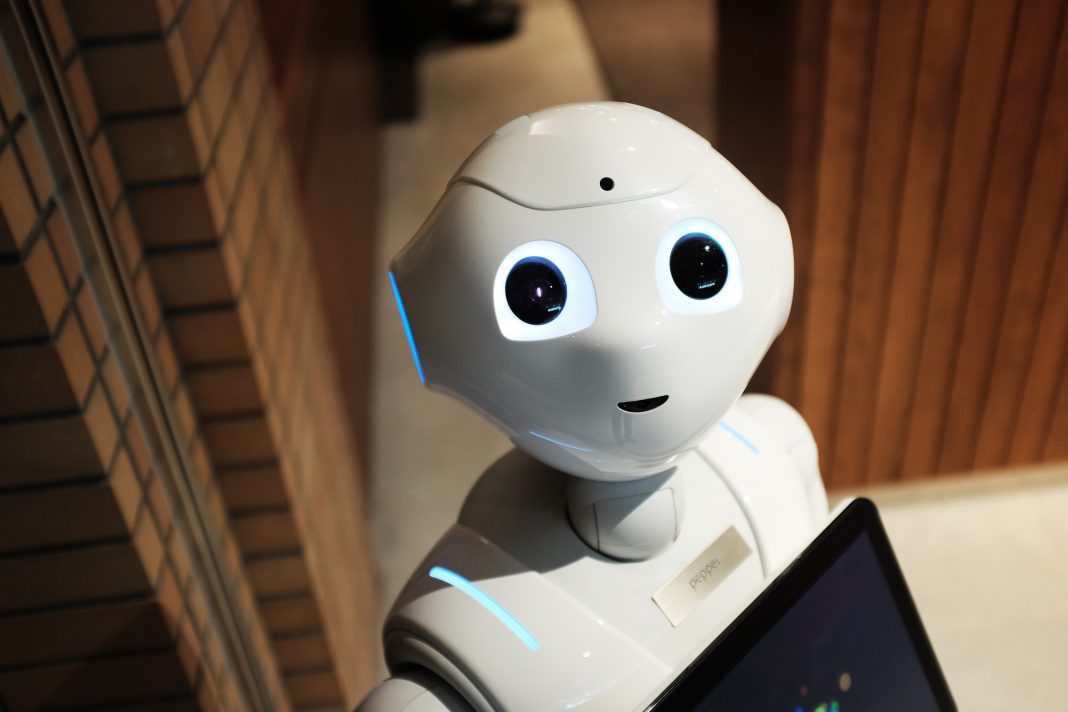When you hear the word “robot,” you probably picture well-known humanoid creatures from Hollywood. However, in reality, robots are primarily unemotional mechanical machines that are designed to carry out particular repetitive jobs that regular people might find tedious, unclean, or hazardous.
Additionally, they have programs that let them perform tasks that humans might find challenging. From service robots in grocery shops and malls to industrial robots for the automotive industry, robots have a significant impact on every aspect of our everyday lives.
While the majority of people think of robotics as an artificial organism with qualities like mimicry, composure, obedience, knowledge, emotional interactivity, and extending the capabilities of natural organisms. Let’s discover further details on the use of robotics.
Daily life examples of robotics
The field of robotics combines engineering, science, and technology. The creation of intelligent machines is the main goal of robotics. The mechanical construction of the required structure is the first step in creating a robot.
Electrical circuitry provides energy to this structure, which is then governed by computer code. These devices act as the ideal helping hand and have a wide range of uses in the home, in the military, in medicine, and for entertainment.
Numerous robotics applications can be found in daily life. But most of the time, we ignore them. Here are a few instances of robots we encounter every day:
Household
Since robots are designed to reduce human effort, their technology enables them to perform fully automated tasks while still being convenient to operate. In a typical household, robotics like lawnmowers, vacuum cleaners, and culinary bots reduce human labor and serve as helpful assistants to accomplish assigned duties swiftly and effectively.
In addition to this, they can also be used to pet animals, assist with laundry, pick up toys, clothes, and newspapers, assemble furniture, move heavy objects, and carry on formal conversations.
The use of robotics in Artificial Intelligence-based technologies enables them to practice machine learning for better performance.
Industrial work
Robots can take the place of humans in hazardous jobs, which eliminates the need for a workforce in an industrial setting. With the development of robotics technology, the number of tasks needing physical participation can now be replaced by robotics. Perhaps, making it easier to manage the speed and quality of work manually.
They offer benefits including enhanced productivity and speed, decreased human error, prevention of accidents, and assembling heavy parts to create high-tech machines. They can also carry out repetitive tasks, such as wrapping brand labels or tightening nuts and bolts.
Installing and inspecting toxic gas pipes, disarming explosives, removing hazardous nuclear waste, working as a firefighter, or even cleaning sewage systems are examples of hazardous tasks.
Medicine
Doctors can greatly benefit from the assistance of robots. Hospital robotic equipment can offer 3D views, a 10-fold increase in the surgery area. Even devices with greater movement than human hands. Robotics helps to significantly cut down on human error that occurs during conventional procedures.
Another application of robotics in medicine is the use of a robotic body part to replace a human body part that is in damage, such as the use of robotics as a replacement.
Education
Robotics, as General-Purpose Technology, can change societies by affecting their economic and social systems.
Engineers have created robots that can assist students in attending these lectures from a distance, as in the Covid-19 period, many students are sitting at home and learning online. The robots are in charge of the classroom and communicate with teachers and pupils by using its body and camera eyes.
Communication with students who have mental problems like autism may be challenging. Here, humanoid robots interact with these students in a human-like manner while instructing them in social conventions and academic subjects.
Security and defense
Robots serve a very common purpose in the security industry. It also helps to survey the targeted region and alert the owner right away in the event of any disturbance. Such robotics can apply to both human daily life and the military.
Robotics is useful in the military to do a variety of tasks. Including arming and disarming bombs and keeping track of the enemy’s movements, and sending information to the soldiers so they can be ready in advance.
Monitoring those who live close to your home aids in surveillance. It helps in monitoring the skies, ground, and water from a remote location. You cannot control such robots from another location. Therefore, it helps in protecting your house and property from any potential












